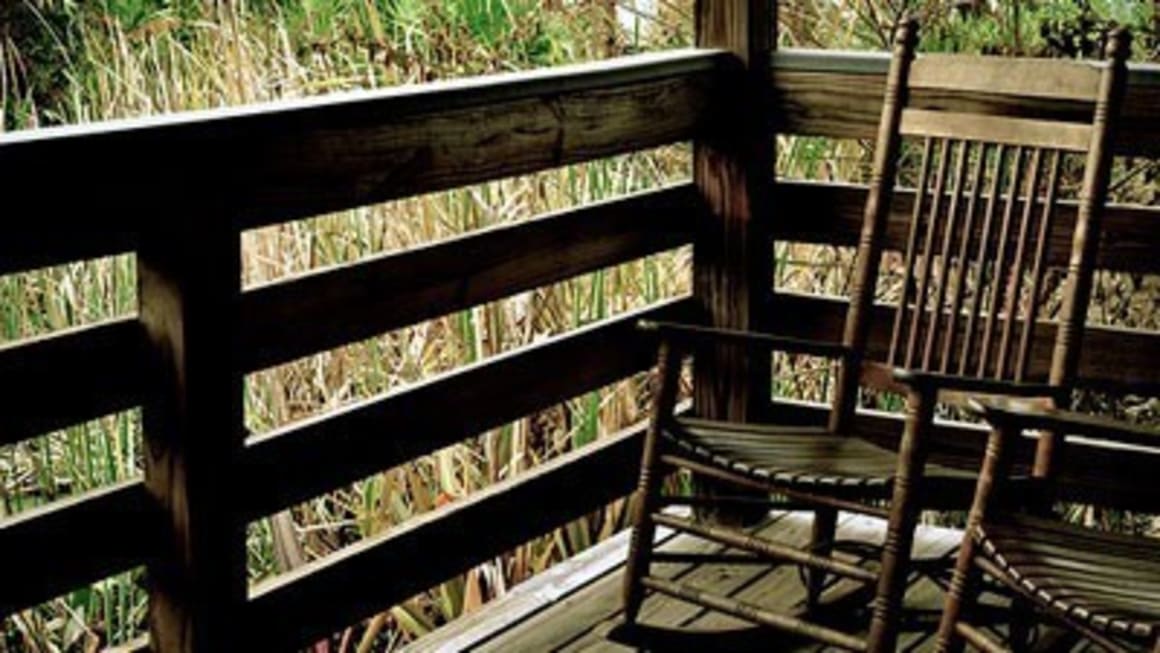Reluctance of baby boomers to downsize creating inefficient housing market: REIA’s Evgeniya Hawthorne

Australia’s baby boomers, many of whom are just entering into retirement, could place strain on the efficient operation of the housing market if they don’t downsize into smaller properties, warns Real Estate Institute of Australia research officer Evgeniya Hawthorne.
Many of the oldest baby boomers (the generation dates from those born between 1946 and 1964) have just entered retirement (65 and older) and appear intent on holding on to their bigger houses and spare bedrooms.
ABS 2011 data showing that 91.4% of older Australian households have one or more spare bedrooms.
The figures also show that while the average number of persons per household declined from 3.1 in 1976 to 2.6 in 2011, the average number of bedrooms per dwelling increased from 2.8 to 3.1 over the same period.
The problem is being compounded by Australia undergoing a rise in longevity, with the population of those 65 and older increasing by 27.1% in the last 10 years to over 3 million, with the median age in Australia increasing from 35 in 2001 to 37 in 2011.
“The reluctance to move in later life impacts on the efficient utilisation of Australia’s housing stock," says Hawthorne.
“Compared to younger households, older households are more likely to have spare bedrooms in their homes."
Hawthorne says retirees need to downsize in order to make room for younger families.
“Encouraging downsizing among the older population may be considered as one of the key tools in avoiding overcrowding and meeting occupancy standards by other groups such as younger families with children. “
She says it is crucial that homes are appropriate for the housing needs of the older generation.
Hawthorne says there are barriers to downsizing that make older Australians stay put for longer.
“Strong emotional attachment to a family home may be one of the main factors, and moving house is a stressful and costly event. Stamp duty is the largest cost impediment to downsizing,” she says.
“Appropriate policy needs to be developed to encourage more efficient allocation and utilisation of the nation’s housing stock."
She also notes a social trends report compiled by the ABS in December 2010 looking at why older Australians move home found that less than a quarter (22.5%) gave as a reason wanting to downsize to a smaller house.
Other popular reasons for moving include family reasons (22.3%) or a lifestyle change (19.7%), with 7% saying they wanted to move to a bigger house.
Reasons for most recent move for older households without children
Reason | Proportion of responses |
Housing reasons, including | 48.9 |
Wanted bigger / better house | 7.0 |
Wanted smaller house / downsize | 22.5 |
Purchased own dwelling | 3.5 |
Employment | 1.6 |
Family reasons | 22.3 |
Get married / live with partner | 2.7 |
Breakdown of marriage / relationship | 0.9 |
Lifestyle change | 19.7 |
Other (neighbourhood, health, accessibility and other reasons) | 23.0 |
Source: Moving House, ABS Australian Social Trends 4102.0 December 2010
Rocking chair photo courtesy of Flickr.